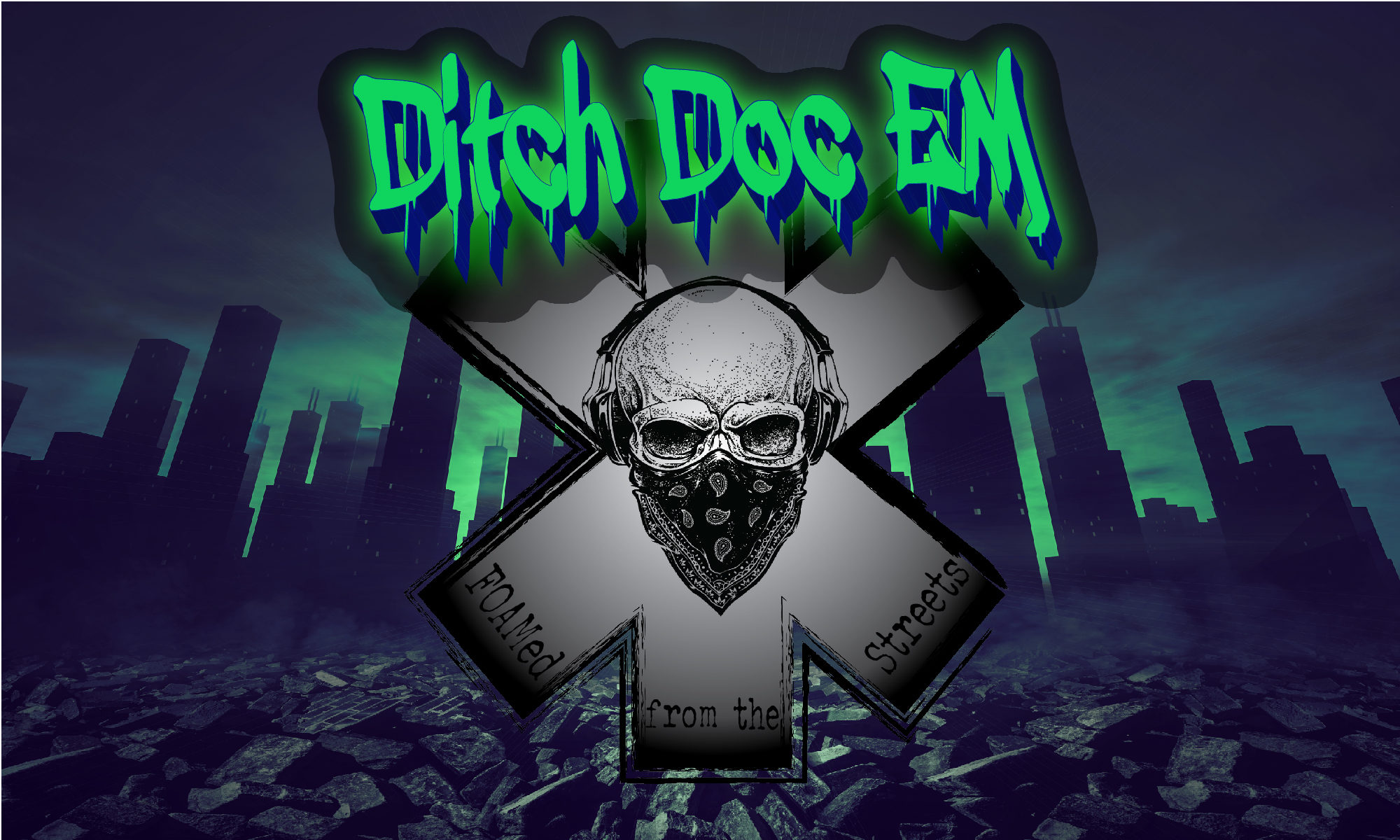Heat injuries can range from minor heat rash to deadly heat stroke. Knowing how to identify and treat these conditions is essential for all prehospital providers. In this episode, learn to identify, treat and manage patients who present with heat injuries.
Show Notes
Heat injuries can range from minor heat rash to deadly heat stroke. Knowing how to identify and treat these conditions is essential for all prehospital providers. In this
- A wide spectrum of illness which includes:
- Heat Rash (prickly heat)
- Heat Syncope
- Heat Cramps
- Heat Exhaustion
- Heat Stroke
Heat Exhaustion
Heat exhaustion is a usually not life-threatening condition which results from exposure to heat. The thermoregulatory mechanisms of the body are still intact, but heat exhaustion may progress to heat stroke if not managed appropriately.
Signs/Symptoms
- Malaise
- Weakness
- Dizziness
- Headache
- Nausea
- Diaphoresis
- Tachycardia
- CBT usually < 40 °C (104 °F)
- Normal Mental Status
- May lead to heat stroke if not managed properly
Heat Stroke
- Loss of the body’s normal thermoregulatory controls
- Generally categorized into two groups
- Exertional Heat Stroke
- Classic Heat Stroke (AKA Non-Exertional Heat Stroke)
Classic Heat Stroke
- Typically affects the extremes of age (Elderly and Infants)
- Often develops over several days
- Risk factors include:
- Heat waves
- Lack of air conditioning
- Poor fluid intake
- Children left in vehicles
Exertional Heat Stroke
- Primarily affects athletes, military personnel, persons not acclimatized to local conditions
- Onset is acute (usually hours)
- Risk factors include
- Poor fluid intake
- Exercise during extreme weather
- Football players (American Football)
Patient History
- Obtaining a patient history is extremely important in cases of suspected heat stroke. A patient experiencing heat stroke will probably not be able to give an accurate history on their own, and bystanders may be your best source of information.
- Specific history to obtain includes:
- Activity prior to symptoms
- Hydration status
- Length of exposure
- Treatments/First Aid PTA
- Prescription Medications
- TCAs
- Phenothiazines
- Anticholinergics
- Salicylates
- Other drugs
- Alcohol
- Cocaine
- Amphetamines
- Specific history to obtain includes:
Signs/Symptoms
- CBT >40°C (104°F)
- Altered Mental Status
- Tachycardia
- Hypotension
- Tachypnea
- Skin may be dry OR diaphoretic
- Coma
- Flaccid limbs (usually)
Managing Heatstroke in the Prehospital Environment
- Assess and manage Airway, Breathing & Circulation
- Remove patient from hot environment
- Assess vital signs to include a rectal temperature
- Remove clothing and begin active cooling
- Ice water immersion (Preferred)
- Evaporative Cooling (Mist & Fan)
- Strategic ice packing
- Groin
- Axilla
- Neck
- Use caution due to risk of local cold injury
- Continue to cool until CBT is < 39°C (102°F)
- Continuous cardiac monitoring should be used
- Obtain IV access and administer normal saline while monitoring closely
- Benzodiazepines may be used to manage seizures, agitation or shivering secondary to active cooling.
- DO NOT administer antipyretic medications such as acetaminophen, aspirin, or ibuprofen. They may worsen the patient’s condition.
Complications
- Hypoglycemia
- Seizures
- Cardiac arrhythmias
- DIC
- ARDS
- MODS
Differential Diagnosis
- Neuroleptic Malignant Syndrome
- Malignant Hyperthermia
- Dantrolene is Tx for these
- Anticholinergic Toxicity
- Check pupils for dilation
- Sepsis
- Evaluate history
- Thyroid Storm
- Evaluate history
- Enlarged thyroid is an indicator
Key Points
- Heatstroke is deadly, but survivable if managed aggressively.
- Ice water immersion is the most effective way to cool these patients, but if not available, use other methods such as evaporative cooling.
- Cool the patient first, then transport.
- Obtain a detailed history, and consider all differentials.
- Prevention is the best way to manage heat injuries, educate the public whenever you can.
Thanks for checking out episode 2 of the podcast! Please let me know what you think of the show by leaving me an honest review in iTunes. Also, take a moment to subscribe to the site and ensure you don’t miss any new content. You can also follow me on Facebook and Twitter. I look forward to connecting with you in the very near future! Until next time, stay safe, and treat aggressively!
-Owen
References
Helman RS. Heat Stroke. Background, Pathophysiology, Epidemiology. 2017 May 18 [accessed 2017 May]. http://emedicine.medscape.com/article/166320-overview
Overview of Heat Illness – Injuries; Poisoning. Merck Manuals Professional Edition. [accessed 2017 May]. https://www.merckmanuals.com/professional/injuries-poisoning/heat-illness/overview-of-heat-illness
Stone CK, Humphries RL, editors. Current Diagnosis & Treatment – Emergency Medicine. 6th ed. New York, NY: McGraw Hill; 2008.
Zaremski J. ACSM | ACSM Blog. American College of Sports Medicine. [accessed 2017 May]. http://www.acsm.org/public-information/acsm-blog/2016/08/11/preventing-heat-injury






2 Replies to “Ep. 2 – Management of Heat Stroke & Other Heat Injuries”